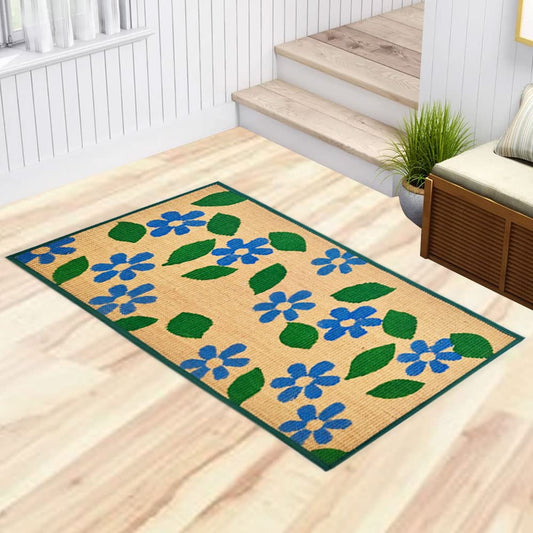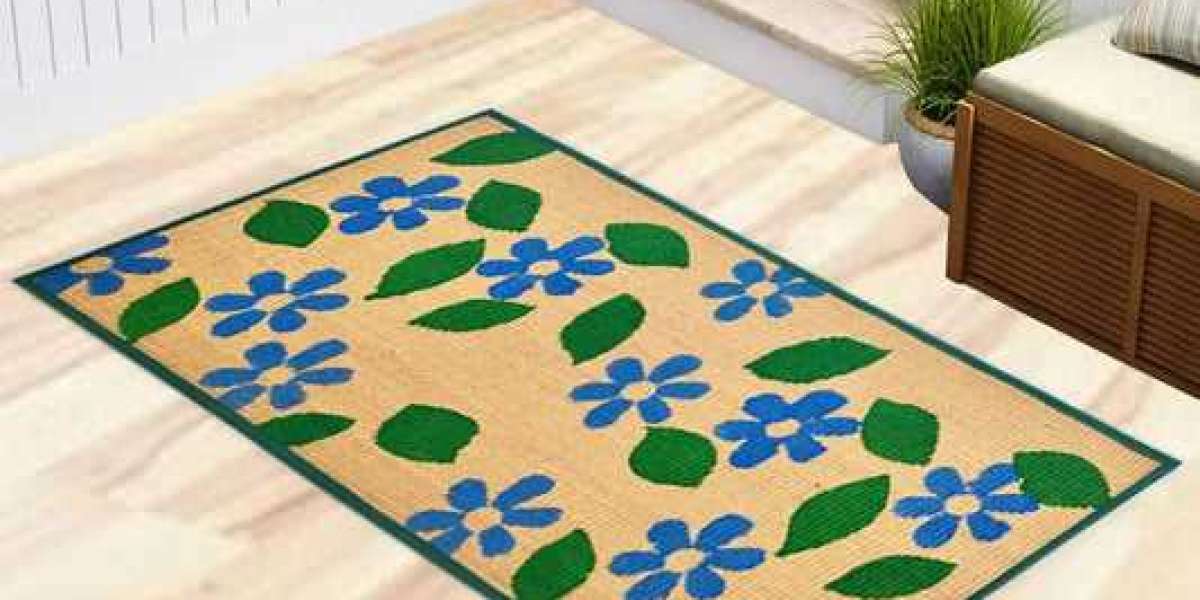Floor mats are often overlooked, but they play an essential role in maintaining a clean and safe environment. They are designed to trap dirt and moisture, preventing them from spreading throughout the facility, which not only makes the floors look more hygienic but also reduces the risk of accidents. In this article, we'll discuss the benefits of using floor mats, the different types available, and how to maintain them.
Benefits of Floor Mats
There are several benefits to using floor mats, including
Preventing Slips and Falls
Floor mats are designed to provide traction, reducing the risk of slips and falls. They can absorb moisture and keep floors dry, which is especially important in high-traffic areas or where liquids are regularly spilled.
Protecting Floors
Floor mats are an effective way to protect floors from scratches, stains, and other damage. They can be used to cover high-traffic areas or placed under heavy equipment to prevent damage.
Improving Indoor Air Quality
Floor mat can help to reduce indoor air pollution by trapping dust, dirt, and other contaminants. They can also prevent the spread of allergens and bacteria, which can help to improve the overall air quality in the facility.
Enhancing Aesthetics
Floor mats come in a wide range of colors and designs, which can be used to enhance the facility's aesthetics. They can be customized to match the company's branding or used to add a pop of color to an otherwise dull space.
Types of Floor Mats
Several types of floor mats are available, each designed to serve a specific purpose. Here are some of the most common types of floor mats
Entrance Mats
Entrance mats are the first line of defense against dirt and moisture entering the facility. They are designed to trap dirt and moisture from shoes, preventing them from being tracked into the building.
Anti-Fatigue Mats
Anti-fatigue mats are designed to reduce the physical stress on workers who stand for long periods. They provide a cushioned surface that can reduce the strain on feet, legs, and back muscles, leading to increased productivity and reduced absenteeism.
Logo Mats
Logo mats are customized mats that display the branding of the company. They are often used at the facility's entrance or in areas where customers or clients will be present.
Kitchen Mats
Kitchen mats are designed for use in commercial kitchens, where slips and falls are a significant risk. They are often made from rubber or other non-slip materials and are designed to withstand exposure to grease and other cooking substances.
Industrial Mats
Industrial mats are designed for heavy-duty use in industrial settings. They are often made from durable materials such as rubber and are designed to withstand exposure to chemicals, oils, and other hazardous materials.
Maintaining Floor Mats
Proper maintenance is essential to ensure that floor mats continue to provide their intended benefits. Here are some tips for maintaining floor mats:
Regular Cleaning
Floor mats should be cleaned regularly to remove dirt, dust, and other contaminants. Depending on the type of mat, this may involve vacuuming, sweeping, or washing with soap and water.

Prompt Replacement
Floor mats that are damaged or worn should be promptly replaced to ensure that they continue to provide the intended benefits. Worn mats can lose their effectiveness and may even become a safety hazard.
Proper Placement
Floor mats should be placed strategically to ensure that they provide maximum benefit. Entrance mats should be placed in high-traffic areas, while anti-fatigue mats should be placed in areas where workers stand for long periods.
Drying Mats
Floor mats that become wet should be promptly dried to prevent mold and mildew growth. This may involve hanging the mat up to dry, using a fan or air dryer, or laying it out in the sun.
In summary, floor mats play a crucial role in maintaining a clean and safe environment. They prevent slips and falls, protect floors, improve indoor air quality, and enhance aesthetics. Various types of floor mats are available, including entrance mats, anti-fatigue mats, logo mats, kitchen mats, and industrial mats. Proper maintenance, including regular cleaning, prompt replacement of damaged mats, and proper placement, is essential to ensure that floor mats continue to provide their intended benefits. By investing in high-quality floor mats and properly maintaining them, businesses can ensure the safety and well-being of their employees and customers while enhancing the overall appearance of their facility.







